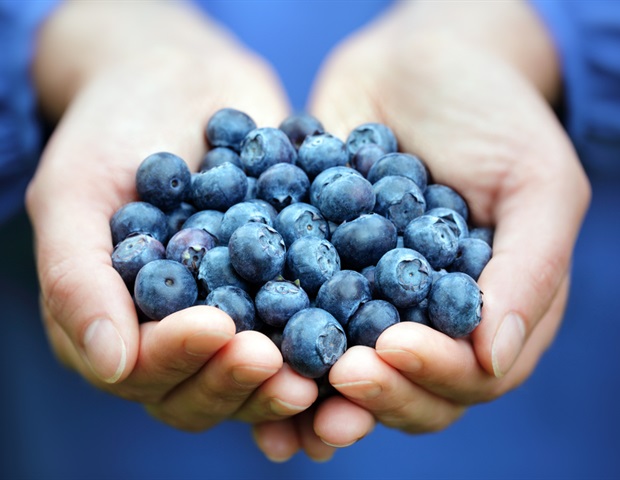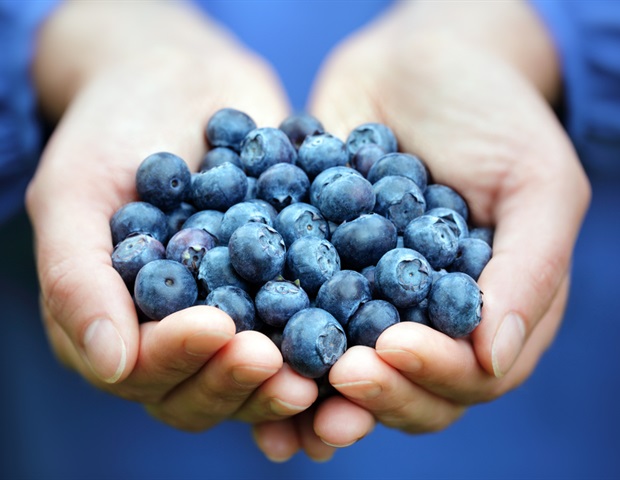
Cornell University researchers have identified a new way to harness the antioxidant and antibacterial properties of a botanical compound to make nanofiber-coated cotton bandages that fight infection and help wounds heal more quickly.
The findings are especially important given the increasing prevalence of multidrug-resistant bacteria.
Cotton gauze is one of the most common wound dressings; it’s inexpensive, readily available, comfortable and biocompatible. However, it doesn’t promote healing or fight infection.
“Cotton alone cannot provide an answer for these complications – it needs to be biofunctionalized,” said lead author Mohsen Alishahi, a doctoral student in fiber science who works in the NanoFibers and NanoTextiles (NanoFibTex) Laboratory.
Tamer Uyar, associate professor and the lab’s director, said one of its main research interests is developing functional fibers from sustainable materials and exploring their potential applications in medical textiles and drug delivery systems.
Researchers used lawsone, a red-orange compound found in henna leaves that has antioxidant, anti-inflammatory and antimicrobial properties, to boost the performance of cotton.
The experimental dressing had excellent antibacterial performance against gram-negative and gram-positive bacterial species, and effectively eradicated E. coli and staph bacteria in testing.
The prolonged overuse of synthetic antibiotics in high concentrations has contributed to the rise of the deadly epidemic of multidrug-resistant microbes. So the use of natural and potent anti-bacterials such as lawsone may serve as an alternative to synthetic anti-bacterials.”
Tamer Uyar, Associate Professor, Cornell University
“Wound dressings should provide a suitable environment for facilitating healing and preventing infection,” Alishahi said. “Using totally natural materials such as cotton, cyclodextrin and lawsone, this dressing can facilitate both as it has comprehensive antioxidant and anti-bacterial activity.”
Alishahi said that the dressing would be particularly helpful for chronic wounds that are highly susceptible to infection, like diabetic ulcers and burns. The antioxidant and anti-inflammatory properties would also benefit more routine wounds by reducing the formation of scars.
This research was funded by Cotton Incorporated.
Source:
Journal reference:
Alishahi, M., et al. (2024). Functionalization of cotton nonwoven with cyclodextrin/lawsone inclusion complex nanofibrous coating for antibacterial wound dressing. International Journal of Pharmaceutics. doi.org/10.1016/j.ijpharm.2024.123815.








